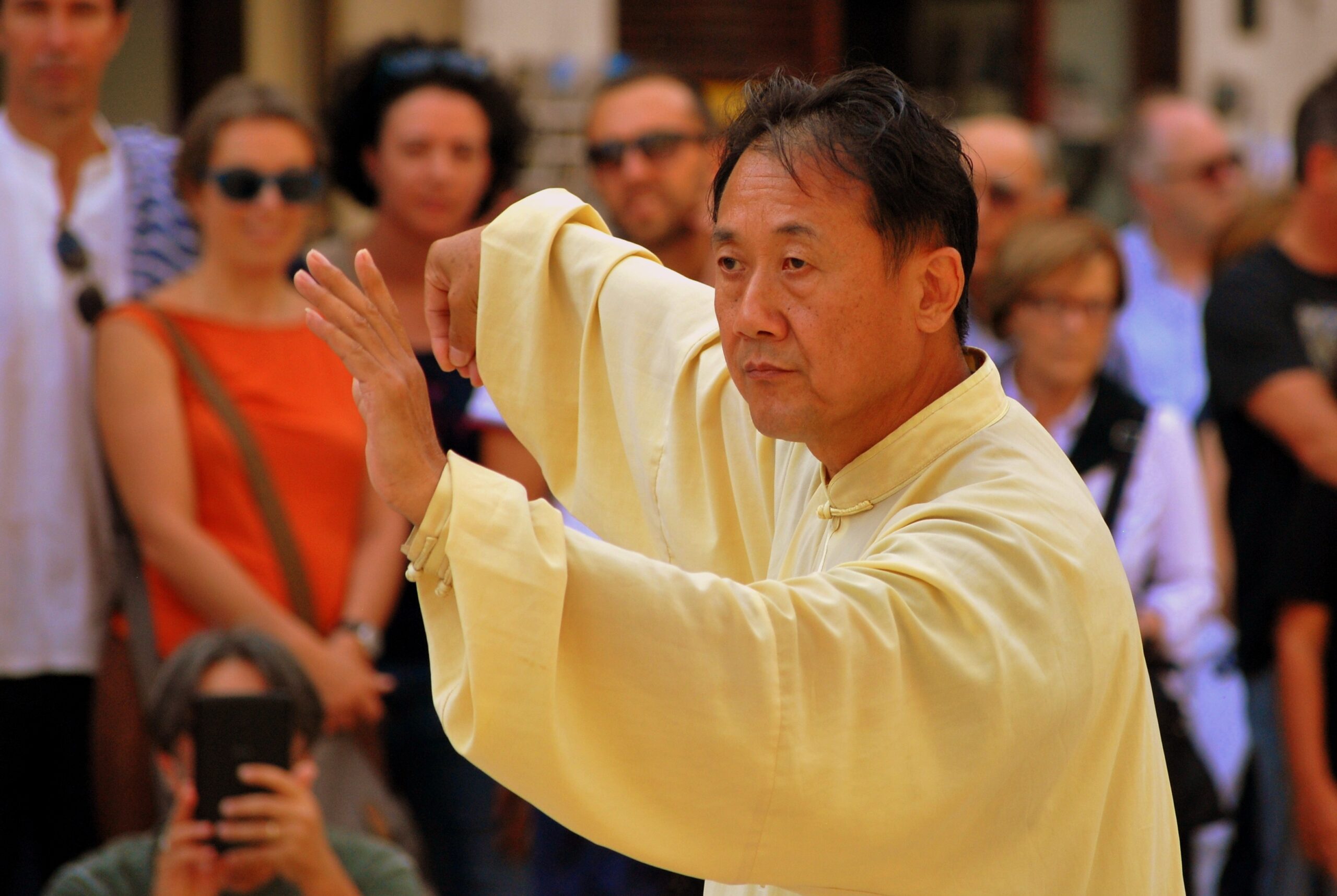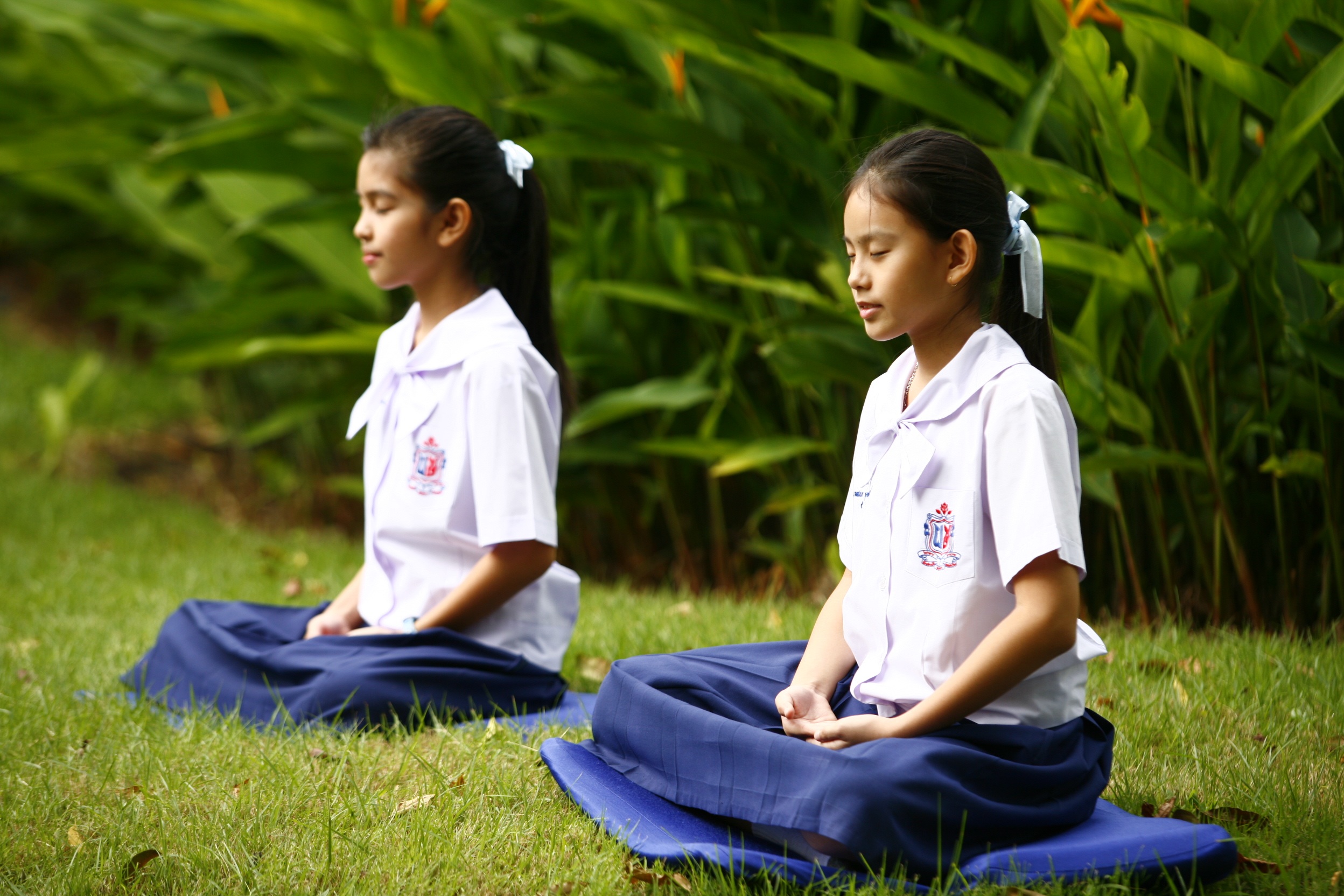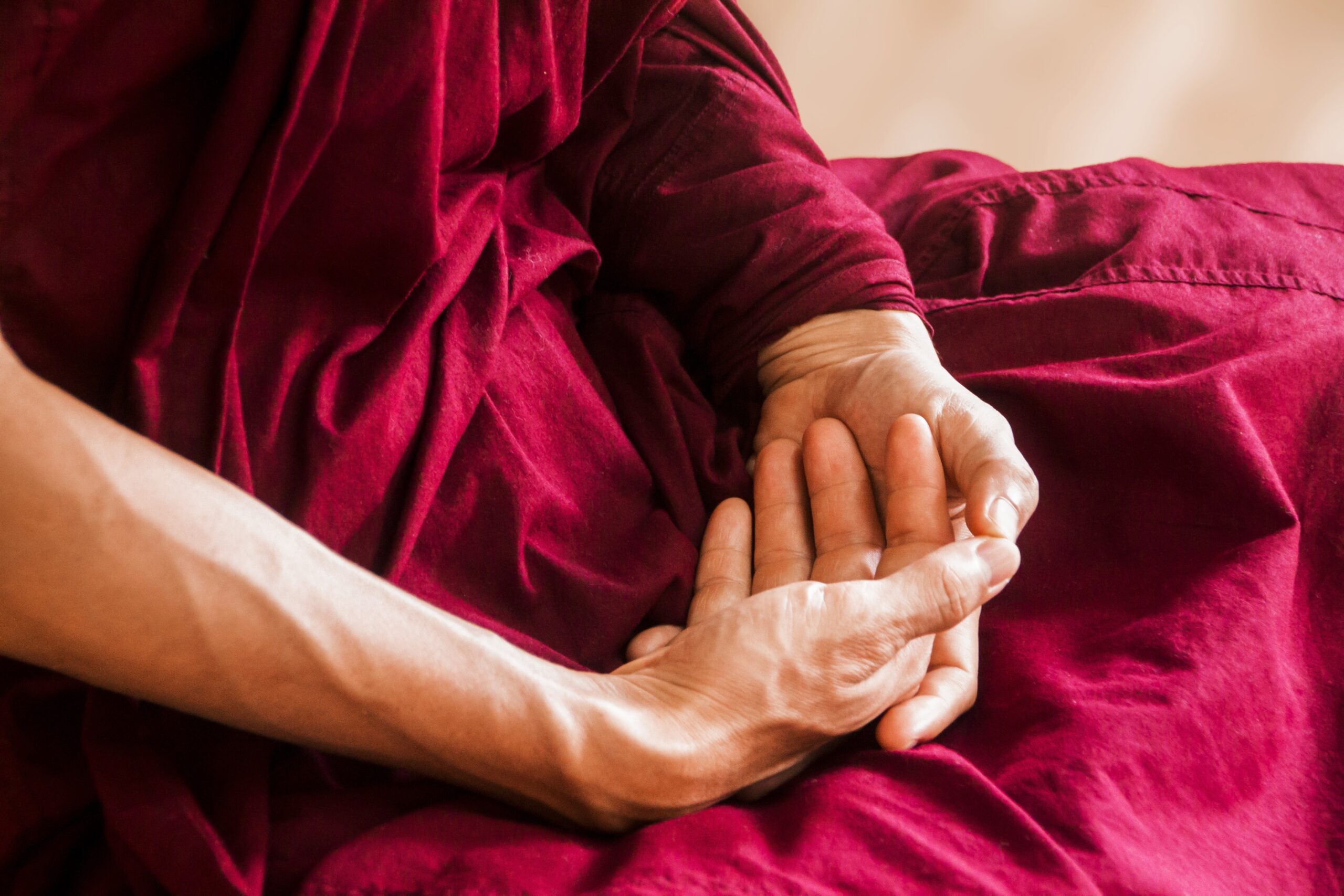Meditation Techniques,
Postures & Focus
Tai chi qigong meditation techniques include mantra meditation, breathing techniques, chakra meditation, guided meditation, mindfulness and much more.
In itself, tai chi qigong is a form of meditation, practiced for health, healing and longevity, focused concentration, creative insight, increased cognition, personal development, self-realization, inner peace and spiritual development. Postures, breathing, mantras and many other techniques to focus concentration all need to be considered when learning how to meditate.
Generally there are two basic types of meditative practice:
- Concentrative, requiring focus on specific objects such as mantras, breathing, imagery or colors;
- Mindfulness, which does not focus on any specific purpose, nor does it attempt to manipulate or exert control over any stimuli. In mindfulness, the meditator may still use breathing or music as aids to focus the mind, but concentration precludes judgment: it involves mere non-judging awareness or acceptance of the experience as just a matter of being.Both concentrative and mindfulness are about developing consciousness: that is, spiritual growth, self-realization and enlightenment through yoga, meditative practice and mind control.
Qigong/chi kung gives you a choice of either type of meditative practice.
Tai chi qigong involves both jinggong or quiescent (i.e. not moving) and donggong or dynamic (i.e. moving) forms. To better understand the different meditation techniques and features, you can read more about the following categories.
However, before attempting any of the exercises on this page and anywhere else on this website, please carefully read over the Disclaimer.
- Why meditate? For martial arts, health & healing, creative insight, personal & spiritual advancement
- Postures, meditative positions and body poses, including both still and dynamic forms.
- Breathing Techniques, both the more well known diaphragmatic breathing techniques, as well as other more advanced but lesser known techniques of yogic breathing.Though contemporary qigong, including medical qigong may or may not include breathing and quiescent meditation techniques, almost all traditional qigong incorporates both yogic breathing and jinggong as two of its essential components.For more information on yogic breathing techniques, see also Free Qigong Lessons. Also, How Yogic Breathing Fuels the Chi.
- Meditation Techniques to Focus Concentration:
- Visualization:
- guided imagery, candles, incense and other paraphernalia
- chakras
- pressure points
- chi circulation
- healing energy
- eye positioning
- colors
- Auditory
- mantra meditation, chants, etc.
- drumming, environmental sounds and music
- counting
- Visualization:
Of course, chi kung/qigong is only one of many kinds of meditative practices, most of them incorporating religious beliefs.
All meditative practices provide substantial benefits. Hundreds of scientific studies have revealed their impact on the brain as well as on the body, resulting in profound short and long-term psychological and physiological changes.
You can learn more about these effects and associated research data under Health and Other Benefits. While not all qigong exercises are meditative, jinggong is an essential component of traditional tai chi qigong and meditation techniques are especially helpful in enhancing the benefits of tai chi qigong.




